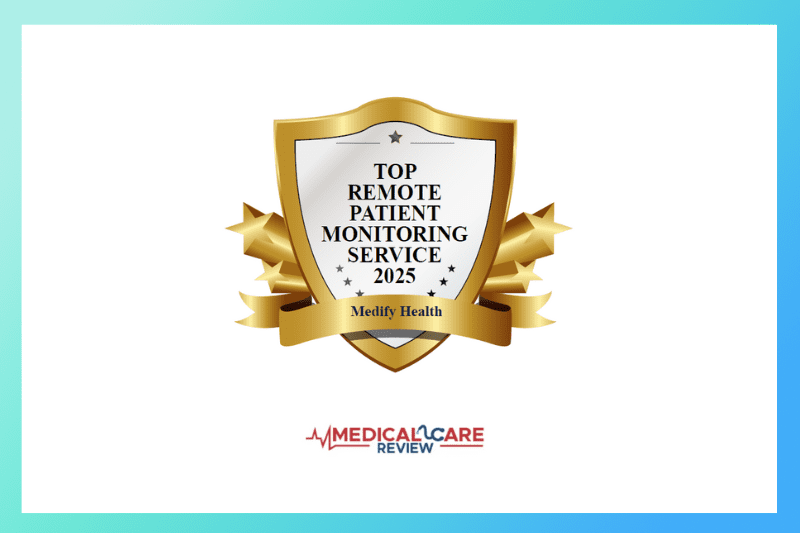
In the dynamic landscape of healthcare, patient touch points—the various interactions patients have with the healthcare system—play a pivotal role in the quality of care and the overall cost structure. As healthcare providers and policymakers grapple with rising costs, understanding and optimizing these patient-centered touchpoints can lead to more efficient care delivery and significant cost savings.
Understanding Patient-Centered Touch Points
Patient touch points encompass every interaction a patient has with the healthcare system. This includes appointments, hospital stays, communication with healthcare providers, diagnostic tests, treatment procedures, follow-ups, and even the use of healthcare technology like telemedicine and patient portals. Each of these touchpoints presents opportunities to influence patient outcomes and healthcare costs. Patient-centric touch points provide the most opportunity to influence outcomes.
Key Touch Points and Their Cost Implications
1. Initial Contact and Scheduling
· Efficient scheduling systems reduce wait times and no-show rates, leading to better resource utilization and lower operational costs.
· Implementing advanced scheduling technologies can streamline processes, thus saving time for both patients and providers.
2. Clinical Encounters
· The quality and efficiency of clinical encounters can significantly impact costs. Effective communication and thorough examinations reduce the need for repeat visits and unnecessary tests.
· Utilizing electronic health records (EHRs) ensures that providers have complete and up-to-date patient information, reducing errors and redundant services.
3. Treatment and Procedures
· Minimally invasive procedures often lead to shorter hospital stays and faster recovery times, reducing overall costs.
· Implementing standardized treatment protocols ensures consistency in care, which can lead to better outcomes and cost savings.
4. Follow-Up and Continuity of Care
· Effective follow-up care prevents complications and readmissions, which are major cost drivers. Systems that ensure timely follow-up appointments and patient adherence to treatment plans are crucial.
· Telemedicine and remote monitoring can provide cost-effective alternatives to in-person follow-ups, particularly for chronic disease management.
5. Patient Engagement and Education
· Educated and engaged patients are more likely to adhere to treatment plans and make informed decisions about their care, which can reduce unnecessary utilization of healthcare services.
· Patient portals and mobile health apps empower patients with information and tools to manage their health, leading to better outcomes and lower costs.
Strategies to Optimize Touch Points for Cost Efficiency
1. Integration of Technology
· Leveraging telemedicine, EHRs, and mobile health applications can streamline many touch points, reducing administrative burdens and costs.
· Advanced analytics and artificial intelligence can predict patient needs and optimize resource allocation.
2. Patient-Centered Care Models
· Implementing patient-centered medical homes (PCMHs) or accountable care organizations (ACOs) focuses on coordinated and comprehensive care, which can reduce duplication and inefficiencies.
· Personalized care plans tailored to individual patient needs ensure that resources are used effectively.
3. Improving Communication
· Enhancing communication between patients and providers through secure messaging, patient portals, and regular updates can reduce misunderstandings and improve adherence to care plans.
· Clear and consistent communication protocols among healthcare teams prevent errors and ensure that everyone is on the same page.
4. Preventive Care and Wellness Programs
· Investing in preventive care and wellness programs can reduce the incidence of chronic diseases, thus lowering long-term healthcare costs.
· Early detection and intervention programs help manage health issues before they become more serious and costly to treat.
5. Data-Driven Decision Making
· Using data analytics to track and analyze patient touchpoints allows healthcare providers to identify inefficiencies and areas for improvement.
· Continuous monitoring and evaluation of touch points ensure effective and cost-efficient interventions.
Conclusion
Optimizing patient touch points is essential for controlling healthcare costs without compromising the quality of care. By focusing on efficiency, technology integration, patient engagement, and data-driven strategies, healthcare providers can enhance the patient’s experience while also reducing expenditures. In a time where cost containment is as crucial as ever, refining these interactions stands as a significant step towards a sustainable healthcare system.



